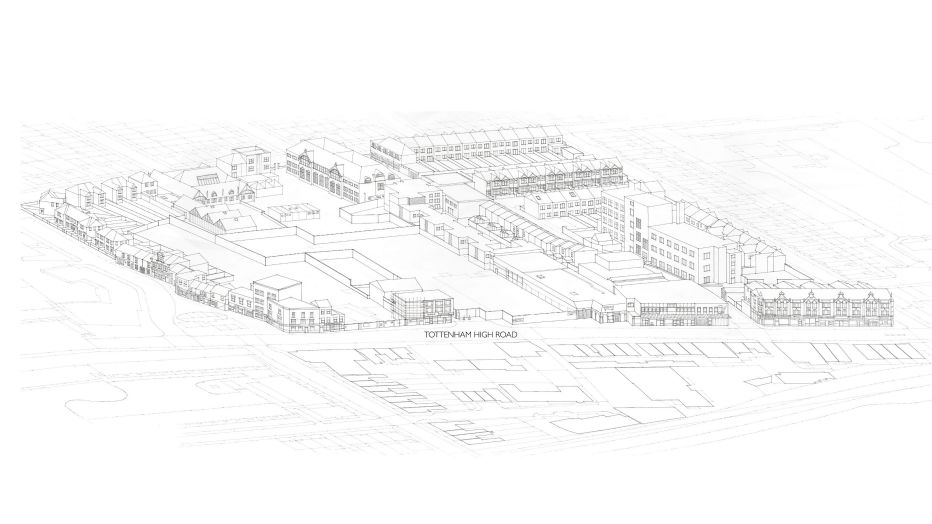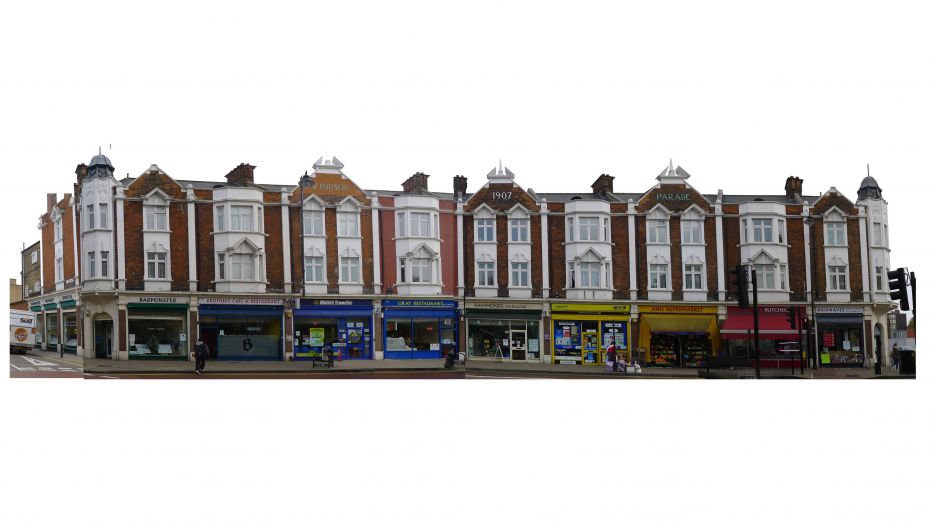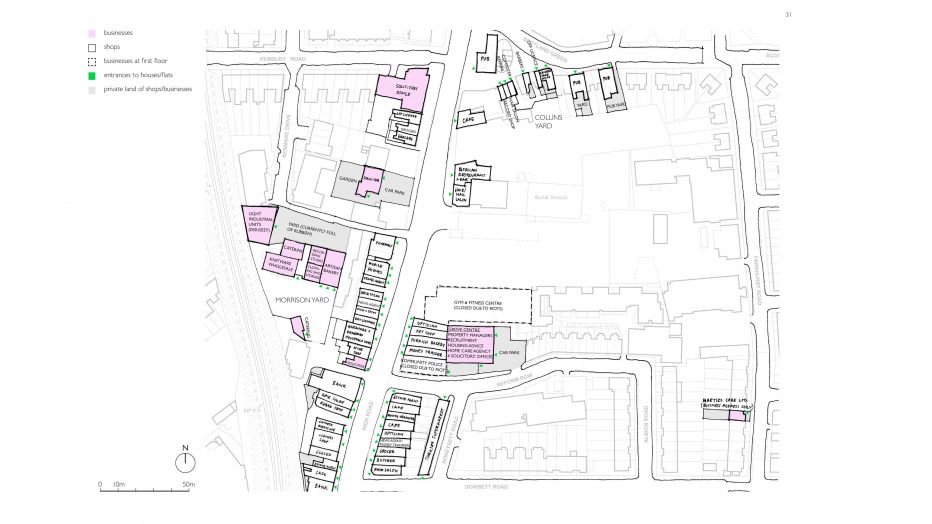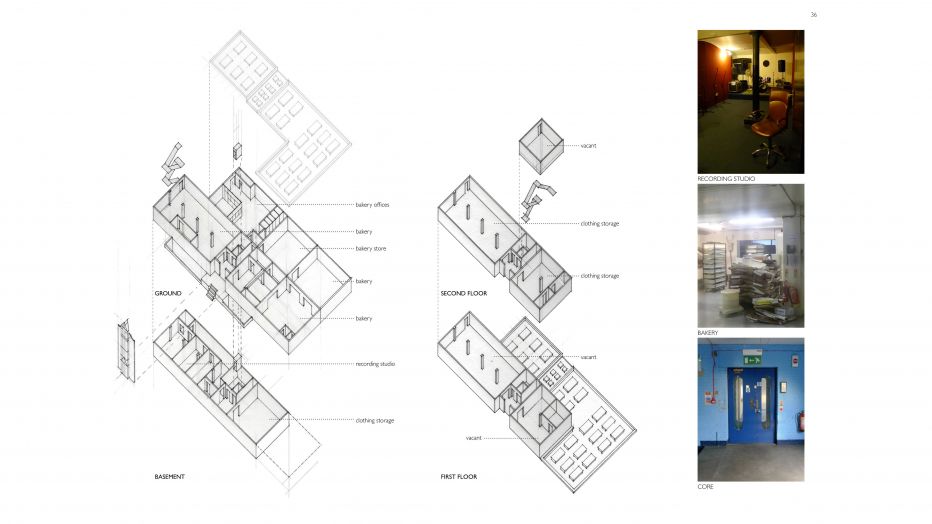Dr Jane Clossick is a Senior Lecturer in Architecture (Urban Design), and convenor of the Art, Architecture and Design Research Seminar.
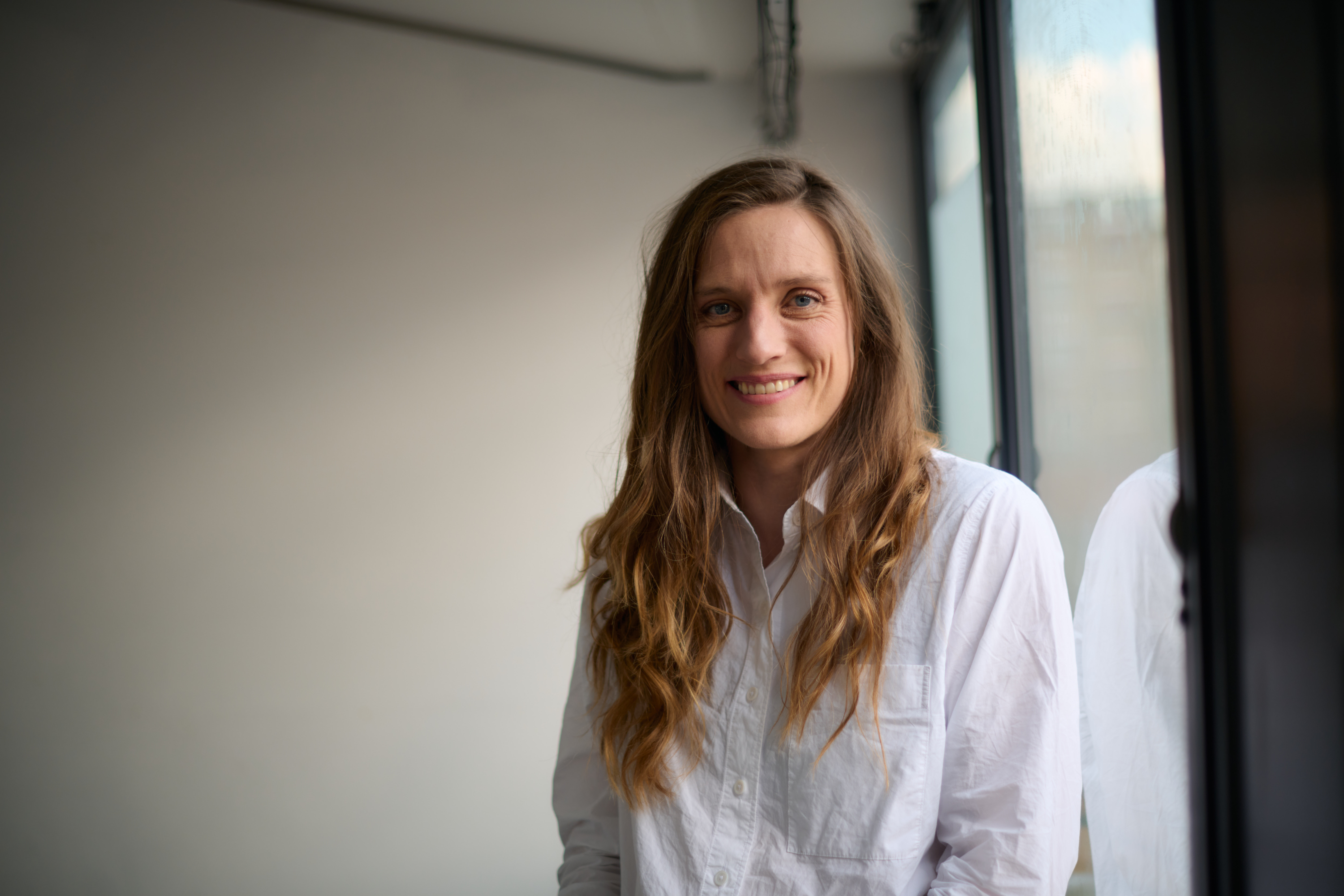
Jane Clossick
Dr. Jane Clossick is a Senior Lecturer in Architecture and Urban Design at London Metropolitan University, with extensive expertise in urban design, spatial planning, and the social dynamics of public spaces. A qualified RIBA Part II architect, Jane holds an MA in Urban Design and a PhD in placemaking, bridging academic research with practical urban design applications. Prior to her academic career, Jane worked at bptw Architects, specializing in public sector projects and community consultations, which laid the foundation for her current focus on socially impactful design.
Jane’s research explores the intersections of urban design, autonomy, and placemaking, with a particular interest in high streets, community spaces, and healthcare environments. Her work integrates spatial analysis, GIS mapping, and participatory methodologies to foster inclusive urban environments. She is the Principal Investigator for the Spaces of Birth and Death project, a transdisciplinary study on designing NHS spaces, and has led initiatives like the Southwark Industrial Audit, which uses GIS to map industry in London. A published author, Jane co-wrote Everyday Streets: Inclusive Approaches to Understanding and Design and regularly contributes to scholarship on urban autonomy, the economic and social life of high streets, and placemaking. Jane is the Director of the Cities Research Group, Impact and Engagement Lead for the School of Art, Architecture and Design, and an active member of both the Centre for Urban and Built Ecologies (CUBE) and the Centre for Applied Research in Empowering Society (CARES).
Jane has over a decade of experience in higher education, teaching and supervising students across architecture, urban design, and spatial planning courses. Known for her dynamic and supportive approach, she teaches design, theory, and professional practice, mentoring students through thesis projects and coordinating modules focused on urban and architectural development. Her academic roles include managing key partnerships with the Royal Institute of British Architects (RIBA) and the Architects Registration Board (ARB), enhancing students' professional opportunities and competencies.
- Clossick, J., Hausleitner, B. and Martire, A. (Eds.) 2023. Everyday Streets: Inclusive approaches to understanding and designing streets. UCL Press.
- Clossick, J. and Spink, R. 2023. “Urban depth and social integration on super-diverse London high streets.” In Clossick,J., Hausleitner, B. and Martire, A. (Eds.) Everyday Streets: Inclusive approaches to understanding and designing streets. UCL Press.
- Clossick, J. and Brearley M. 2023. “Auditing, Revealing and Promoting Industry in the London Borough of Southwark”. In Urban Planning special issue, Vol 8, No 4 (2023): Planning, Manufacturing, and Sustainability: Towards Green(er) Cities Through Conspicuous Production
-
Clossick J. 2022. “A Place for Participation on the Old Kent Road.” In Generosity and Architecture. M. McVicar S. Kite, and C. Drozynski (Eds.) Routledge.
- Clossick J. Forthcoming 2021. “A Place for Participation on the Old Kent Road”, in Generosity of
- Architecture [book title TBC], edited by M.McVicar et al, Routledge.
- Clossick, J. and Colburn, B. Forthcoming Nov 2020 “Design Precepts for Autonomy”, in Architecture and Collective Life edited by P. Lewis, S Costa Santos and L. Holm, Routledge.
- Clossick, J. and Brearley, M. 2020. “Promoting Industry in Brussels: A Good City Has Industry.” London Metropolitan University School of Art, Architecture & Design series: AAD Practice Research Portfolios
- Clossick, J. 2017, “The depth structure of a London high street : a study in urban order” [PhD Thesis]
- Søberg, M., illustrated by Clossick, J. 2016 “Urban dybd: Interview med arkitekturteoretiker Peter Carl om byens orden og nødvendigheden af konflikt” [Urban depth: Interview with Architecture Theorist Peter Carl about the city’s order and the need for conflict] in Periksop, Forum For Kunsthistorisk Debat nr. 16.
- Clossick, J. 2014. “Finding Depth”, in The Mediated City Conference Proceedings. Architecture_MPS; Ravensbourne, London.
- Clossick, J. 2014. “The Industrial City”, in Atlas of Cities edited by P.Knox. Princeton University Press pp. 70 - 87.
- Clossick, J. 2014. “In the Valley: Where is Tottenham’s Economy? High Road Survey”. London Metropolitan University
- Clossick, J. 2009. Event Regeneration: Critique of Manchester's Development Strategy 1980-2002. University of East London.
- Clossick, J. 2008. Cityspace Revolution: Manchester in the 19th Century. University of East London.
The Depth Structure of a London High Street: A Study in Urban Order
Supervisor:
Prof. Peter Carl
Abstract from Jane Clossick's full thesis:
This thesis is a study of Tottenham High Road, and how the urban blocks which comprise its depth are composed. Depth has a number of components: architecture, space and time; depth is the armature in which people live their social lives, and the place where local cultures emerge. The conception of depth offers a way of capturing urban life in its richness and its reciprocities. The literature about high streets offers few detailed analyses of their spatial and psycho-social ordering and this thesis seeks to fill that gap. The approach is a hermeneutics of praxis, using ethnographic methods, in-depth interviews, and situating the information spatially using architectural drawing techniques. It offers a novel method of investigating and understanding the structures and processes which make up the high streets and which, in aggregate, make the whole city. Tottenham High Road is used here as a case study, a vehicle through which to interpret evidence about the existence and nature of depth, with its manifold structures. Understanding depth is vital to understanding high streets, so this thesis allows a deeper and richer interpretation of high streets than has previously been possible.
There is a problem in planning orthodoxy around high streets, typified in Tottenham: the richness of depth is flattened and codified, in order to frame swathes of city as sites from which to reap economic reward. In fact, depth contains all of human life, and understanding it, therefore, is an ethical responsibility for planning. Depth has a number of characteristics, ordered by different processes and forces. Firstly, physical order, shaped by both economic and social forces. For example, the most public uses are found in the ‘shallowest’ parts of depth, and these are the most valuable sites because they command the greatest passing trade. Secondly, depth has a social order, through playing out of place ballet by people as they live their lives. The social order operates interdependently and reciprocally with the physical order of depth. Commitment between people and places (citizenship) results in special place cultures, which are hosted in depth. Depth has variation in the scope of decorum from the outer edge of the block to the centre: more things are possible inside the block than at its edge.
The insights about depth in this thesis are relevant to many areas of life: to planning, to politics and to existing theory, because depth provides an account for the ethical order in which other areas of human life take place. With an understanding of depth it is possible to evaluate planning proposals, efforts at ensuring political participation, to shed light on existing theories such as Cosmopolitanism, and to add a valuable layer of information about the real structures of London to the existing literature.
- April 2020 – Chaired Negroni talk. “The Joy Of Architecture: Does Fun Follow Form, Function Fear & Finance?”
- February - August 2019 – Curated London Society High Streets Series of four speaking events and two guided walks
- June 2018 – Chaired London Festival of Architecture event, “Architecture's Gentrification Guilt”
- February 2017 – Speaker at “Fundamentals - Industry: London is Eating Itself” at Central Saint Martin's curated by Olly Wainwright
- May 2016 – Chaired Public Policy Exchange event “From high street to high growth: shaping the future of our town centres”
- March 2014 – Chaired round-table discussion at V&A ‘late’ session with Prof. Tony Travers (LSE) “The Future of Tottenham High Road” at the Tottenham Takeover.
Jane has presented her work at conferences and international institutions. Notable appearances include her guest lectures at Technische Universität Berlin and Queen's University Belfast and her presentations on high-street resilience and the sociospatial depth of urban landscapes. Jane’s contributions are highlighted through her involvement as a chair and co-coordinator for LMU’s AAD Research Seminars, where she formerly co-ordinated collaborative research presentations from different disciplines within AAD. Jane’s expertise on urban space has been sought in various academic publications and professional events, and her insights into inclusive high streets, spatial autonomy, and community-centered urban design attract scholarly and public attention.
Dr Jane Clossick
Senior Lecturer in Architecture (Urban Design)
j.clossick@londonmet.ac.uk, https://www.linkedin.com/in/janeclossick/
Death workshops at London Metropolitan University (LMU) and Urban Depth and Autonomy sessions. Additionally, she collaborates in seminars and public workshops, including Everyday Streets at Queen's University Belfast, drawing upon her research to address urban inclusivity and accessibility. Jane consults with local governments and architecture firms on projects related to social value, spatial design, and placemaking. Her consultancy work includes advising on urban strategies and high-street resilience, for example through her involvement with the London Society’s High Streets Series, where she curated events to foster dialogue on the evolving role of community spaces.

